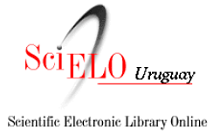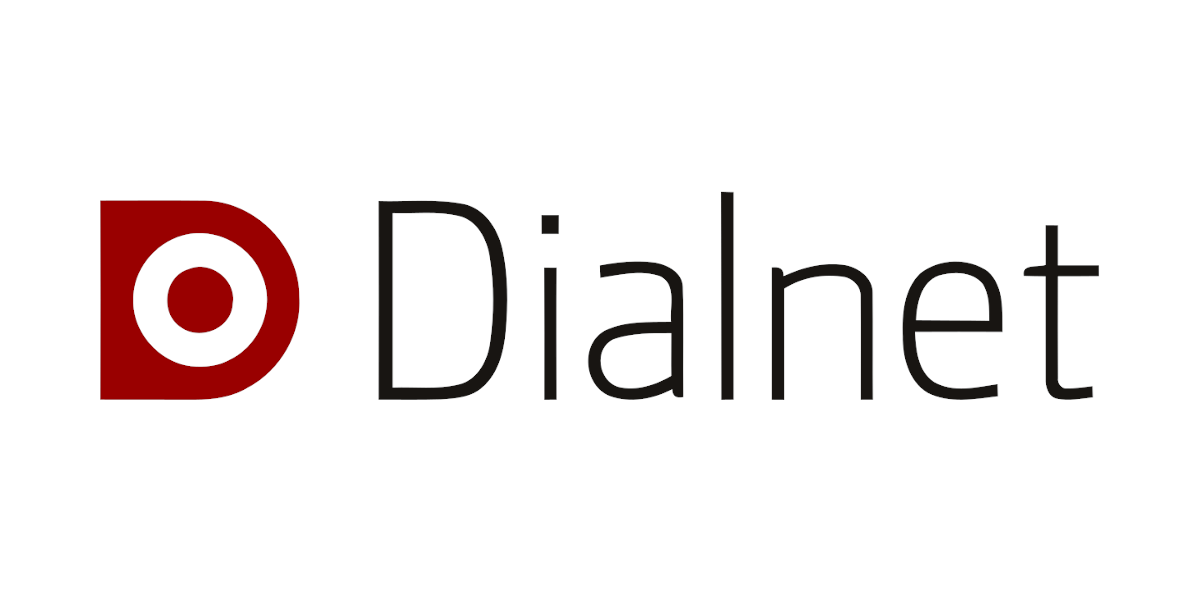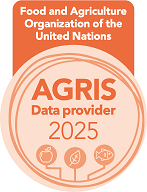Nutritional evaluation of soybean meal and expellers present in Uruguay in the dairy cattle feeding
Keywords:
Soybean meal, Expeller, Rumen-degraded protein, Milk productionAbstract
The chemical composition and ruminal degradability of soybean byproducts can be affected by the industrial processes through which are obtained. The objective of this study was to determine the protein value for dairy cows of soybean meal and expeller present in Uruguay. Samples of soybean meal and expeller were taken from several Uruguayan suppliers. The chemical composition, in situ ruminal degradability (determining: soluble fraction, degradation rate and effective degradability) and its in vitro degradability of protein were analyzed. The chemical composition and in situ ruminal degradability of the samples were compared with the NRC (NRC, 2001) software database. All the results were compared through an analysis of variance. The soybean meal presented a lower content of ether extract and organic matter with a higher protein content (P<0.05), higher rate of degradation and effective degradability in situ, in addition to a higher rate of in vitro gas production when compared with expeller (P<0,01). In vitro ruminal degradability did not vary between byproducts (P=0.432). The results of the simulation indicate that the production is lower than that of which is predicted by the NRC (NRC, 2001), because to a higher protein degradability of soybean meal and expeller evaluated. Based on the differences found between the chemical composition and ruminal degradability of the byproducts analyzed and the data incorporated in the software (NRC, 2001), it would be advisable to use national data when formulating diets











